Contact Information
- Solahart Sydney
- 55 Brodie Street
- Rydalmere NSW 2116
- 1300 362 821
- sales.sydney@solahart.com.au

According to the Climate of the Nation 2022 report, approximately 76% of Australians rank solar in their top three preferred sources of energy. Also, Australia is the world’s leader in solar uptake per capita, with approximately 1kW of solar installed per citizen¹.
Despite the growth, there are still some common solar myths that may discourage homeowners from making the switch. In this article, we will explore five and the truth behind them.
There are both federal and state government incentives that can help reduce the upfront cost of renewable energy.
Small-scale Technology Certificates (STCs) are available in every state of Australia. They can help you save hundreds or even thousands of dollars on your new purchase. How much you can save depends on the type and size of your new system, location, and the amount of energy your system will generate until 2030. Learn more about what you could be eligible for.
STCs can also be combined with state incentives to further reduce the upfront cost. New South Wales, for example, has the Energy Savings Scheme (ESS), Victoria has the Victorian Energy Upgrades (VEU) program, South Australia has the Retailer Energy Efficiency Scheme (REES), and Queensland has the Climate Smart Energy Savers appliance rebate.
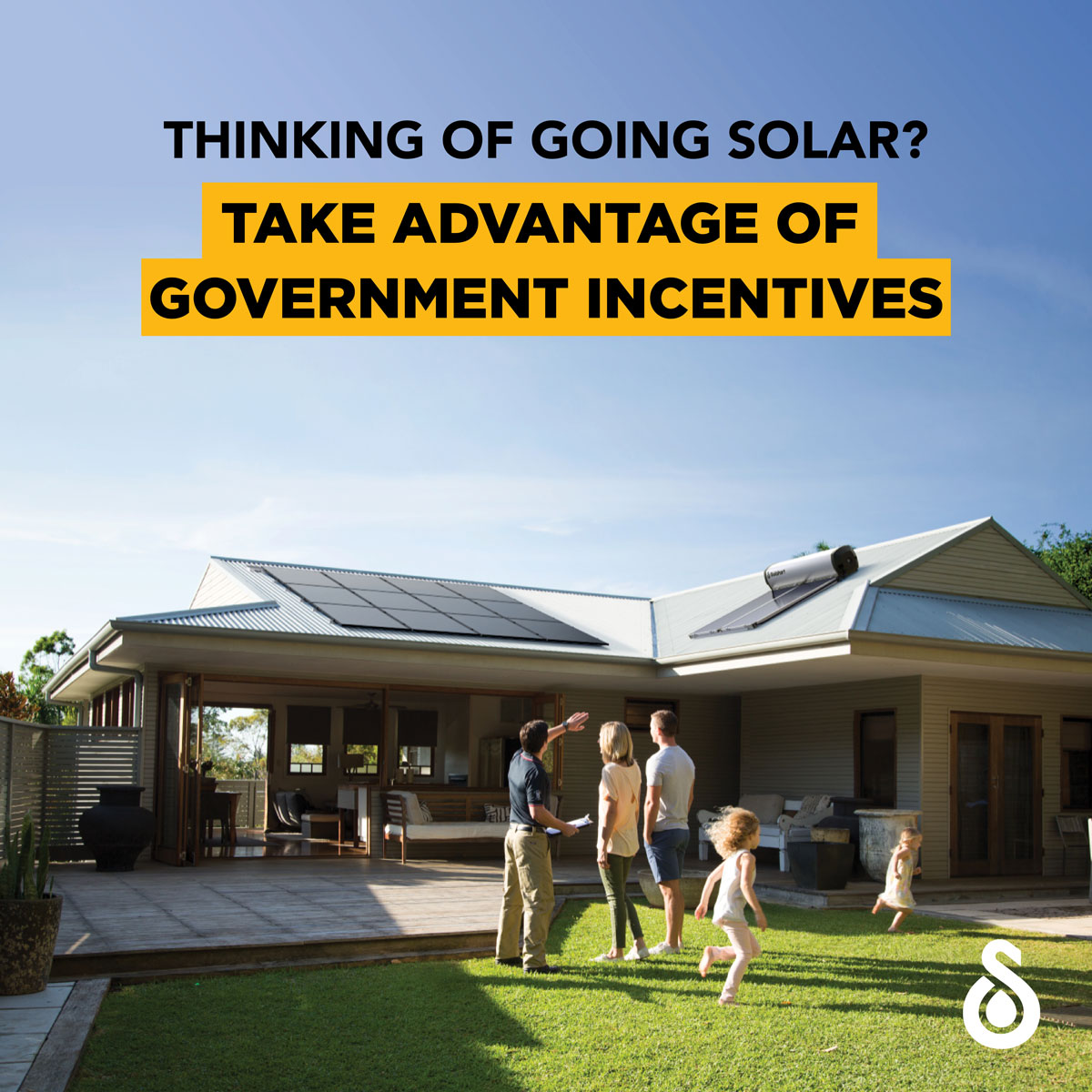
Solar can still work even when the sun isn’t shining. Depending on the amount of cloud cover, some of the sun’s energy should still get through to operate your solar power or hot water system.
Where there are continuous days of cloudy weather, there are still ways to get the most of your system.
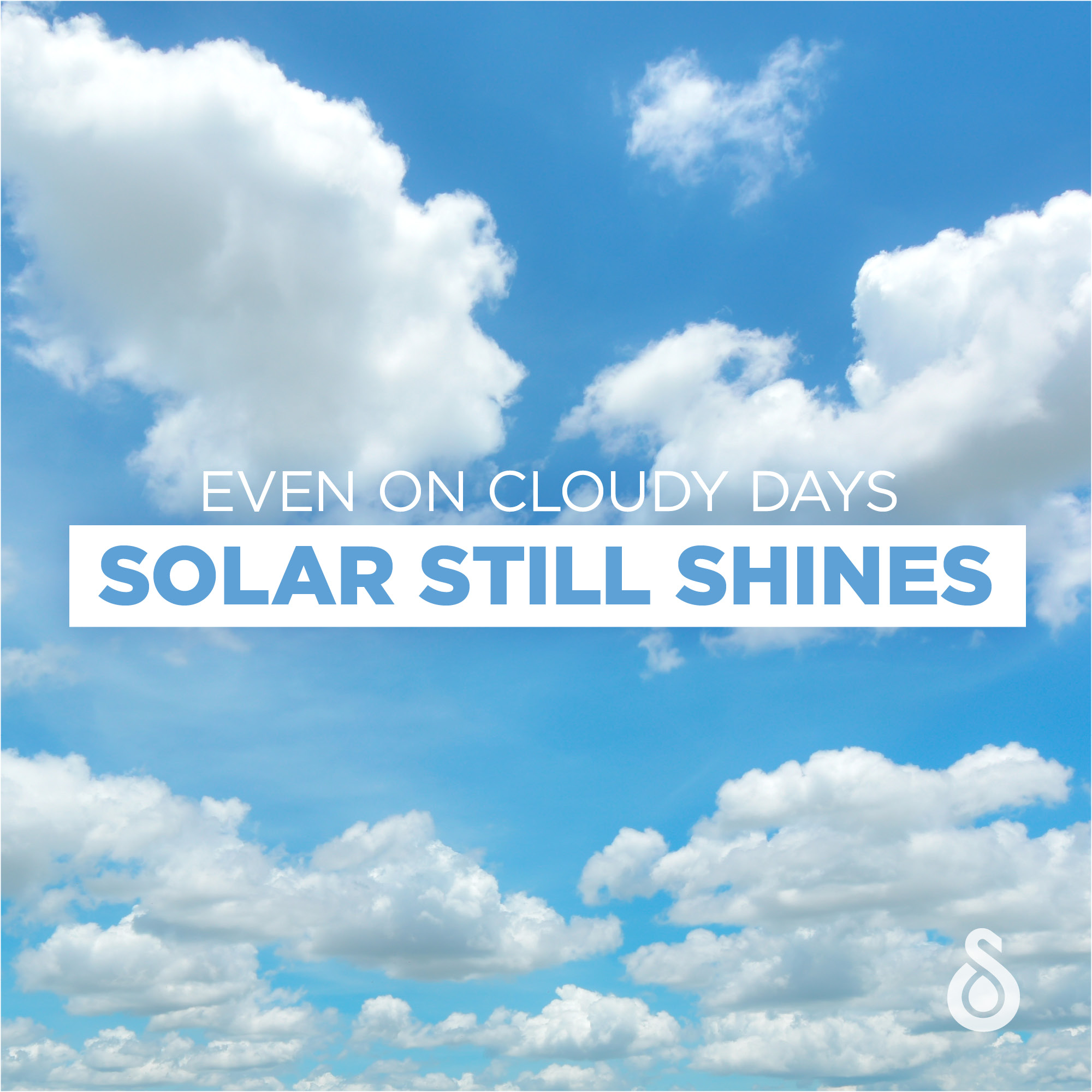
The sun produces enough energy in an hour to provide power to every person on earth for a whole year². However, to maximise your solar investment, you need to be sure the panels you select are of high quality, reliability and durability.
When it comes to quality in solar, what does that mean? A reputable solar provider will ensure their selection of panels meet strict quality standards and are tested for optimum performance and efficiency so your system works to deliver a reliable and efficient power supply.
For example, Solahart only selects panels with state-of-the-art cell technology for excellent performance in Australian conditions and anodised frames built to withstand extreme weather events.
Also, the solar industry constantly seeks ways to innovate and improve solar panel efficiency. Solahart’s new N-Type panel has greater power generation per square metre compared to typical P-Type panels and is less prone to light induced degradation (LID) when installed.
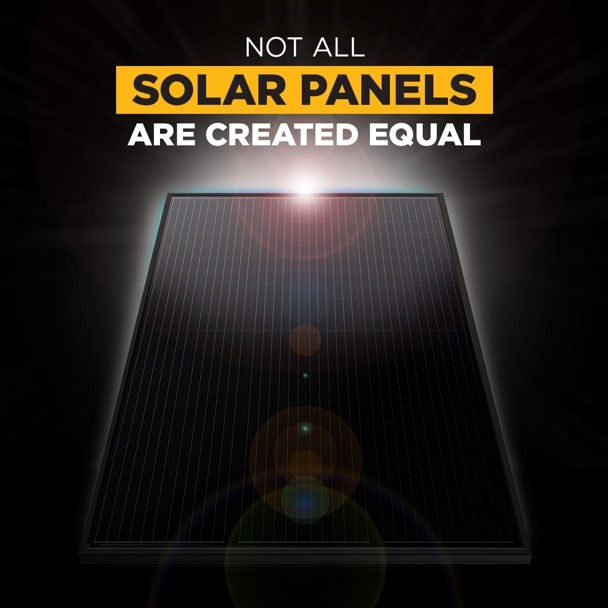
The rise in working households often means less power is consumed during the day. However, this doesn’t mean you can’t take advantage of solar energy.
With a Solahart Energy Management System (HEMS), you can see when your solar power system generates the most power and operate high consuming appliances such as water heaters and pool pumps to help you save more on your energy bills.
Also, adding a home battery storage system to a new or existing solar power system allows you to store your unused solar energy to use later and reduce your reliance on the grid. This includes:
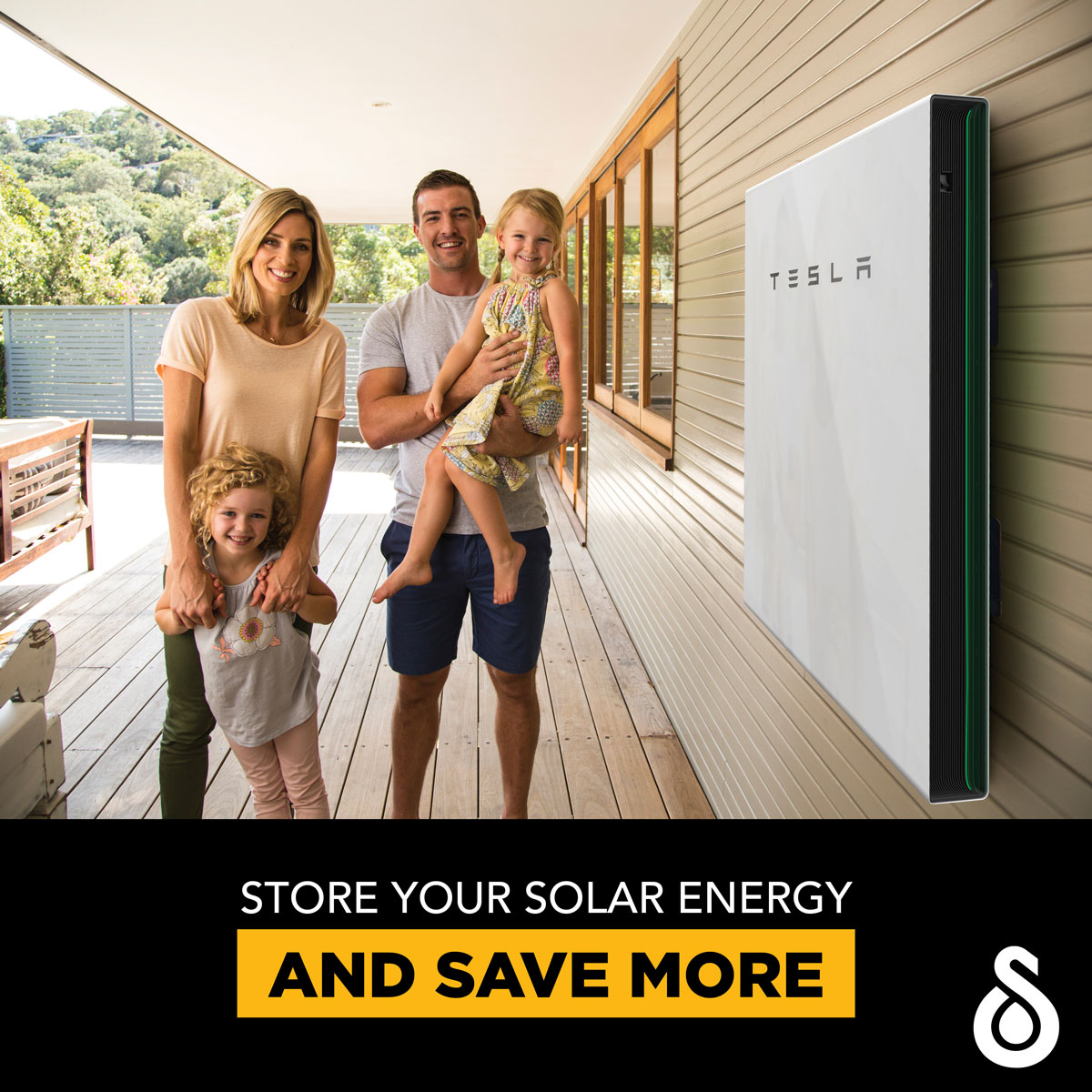
A heat pump water heater is a great option if your roof is not suitable for solar. Instead of the sun, it uses the surrounding air to heat water, which removes the need for solar collectors. Also, it is an easy replacement for an electric water heater as heat pumps often use existing plumbing and electrical connections.
For freezing conditions, a quality heat pump should have an electric booster function that will be triggered to ensure you and your family have a continuous supply of hot water. For example, Solahart Atmos-Frost Heat Pump can be installed in almost any location in Australia, as it is suitable for both cold climates and tropical weather. Also, if you replace an electric water heater with a Solahart Atmos-Frost Heat Pump, you could save up to 73% on your hot water energy consumption³.
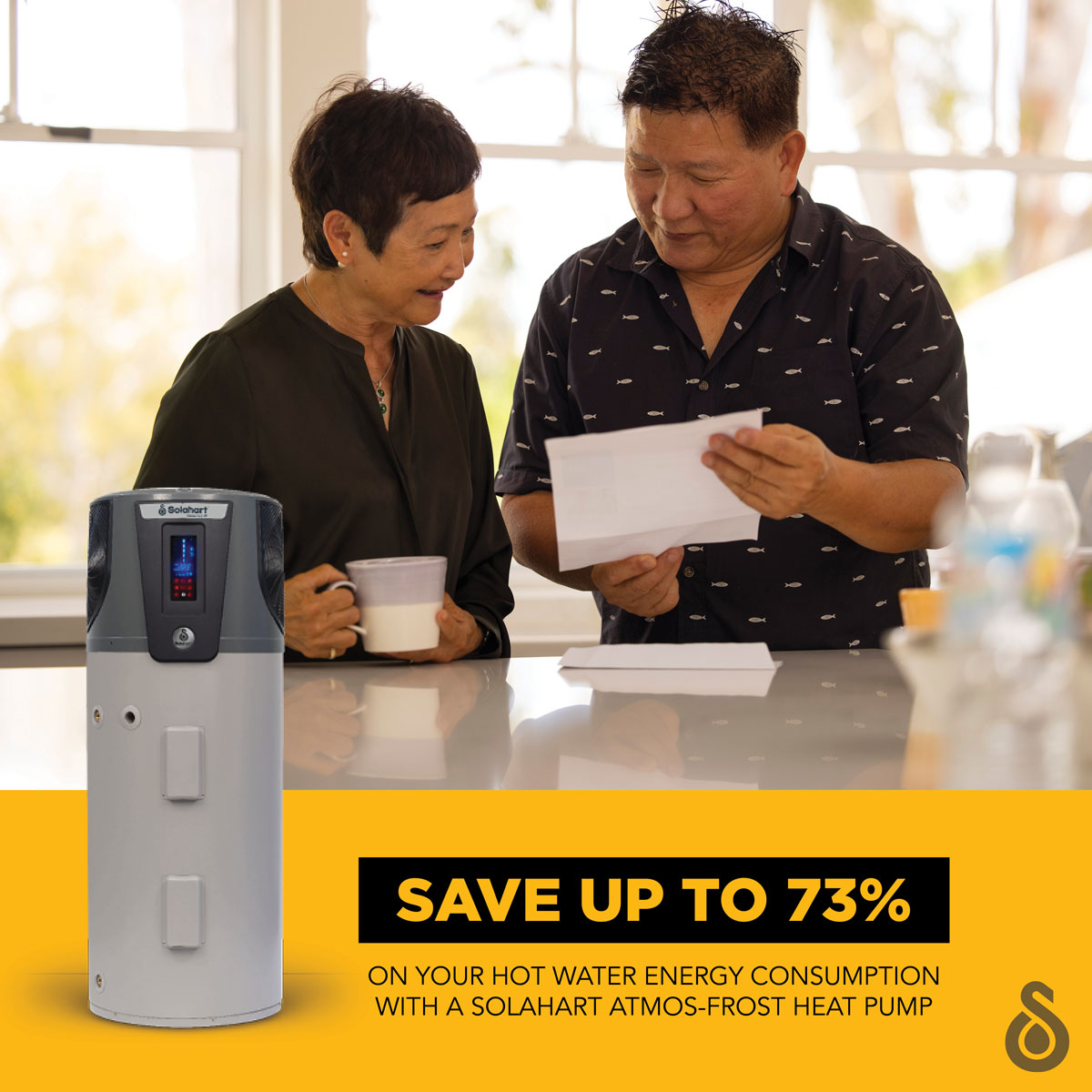
1 – International Energy Agency and Photovoltaic Power Systems Program – 2022 snapshot of Global PV Markets: https://reneweconomy.com.au/australia-again-tops-global-solar-per-capita-as-world-installs-240gw-of-pv-in-2022/
2 – https://education.nationalgeographic.org/resource/solar-energy/
3 – Energy savings of up to 73% shown is based on Australian Government approved TRNSYS simulation modelling of a Solahart Atmos 325HAV heat pump and using a medium load in Zone 3 and apply when replacing an electric water heater. Any savings will vary depending upon your location, type of Solahart system installed, orientation and inclination of the solar collectors, type of water heater being replaced, hot water consumption and fuel tariff. Maximum financial savings off your hot water bill are achievable when replacing an electric water heater on continuous tariff.
Rated 4.7 from 8,200+ customer reviews
Solahart Industries Pty Ltd (ACN 064 945 848), trading as Solahart Sydney, operates the Solahart dealership in the region covering Sydney metropolitan. NSW Contractor Licence No. 234492C; Electrician Licence No. 313019C; Plumber Licence No. 214312C.
Looking for something else? Search our site here.
At Solahart, we’re proud to be leading Australia’s solar charge. Helping smart Aussies make a real difference to the planet, reducing their reliance on the grid, cutting their energy bills, and connecting them to their smart energy future.
Since 1953, we’ve been the trusted name in Australian solar, installing over a million solar hot water systems in over 70 countries, and over 700,000 solar power panels in Australia.